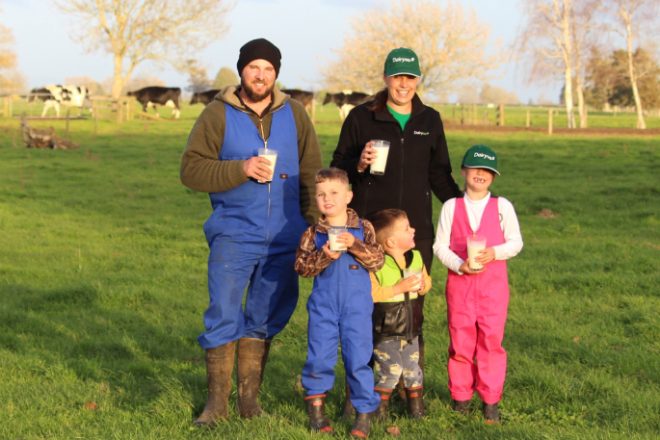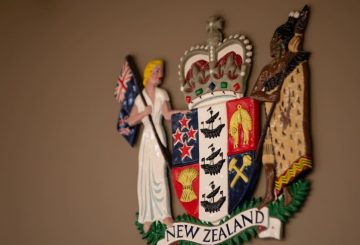Industri susu selalu menjadi bagian utama dari ekonomi Selandia Baru, mendukung komunitas lokal dan menyediakan nutrisi berkualitas tinggi di seluruh dunia. DairyNZ dan Asosiasi Perusahaan Susu Selandia Baru merayakan pencapaian ini pada Hari Susu Sedunia, 1 Juni.
CEO DairyNZ, Campbell Parker, mengatakan Hari Susu Sedunia adalah waktu yang tepat untuk mengakui dampak positif petani, perusahaan susu, dan seluruh sektor terhadap masa depan Selandia Baru. Hari itu, yang didirikan oleh Organisasi Pangan dan Pertanian Perserikatan Bangsa-Bangsa, menyoroti pentingnya susu dan sektor susu global.
Campbell mencatat bahwa susu yang diproduksi oleh petani Selandia Baru menyediakan dua setengah porsi susu setiap hari untuk 90 juta orang. Kontribusi signifikan ini dimulai dengan dedikasi petani terhadap tanah dan hewan mereka dan meluas ke seluruh rantai pasokan, menguntungkan konsumen, masyarakat, dan negara.
Kimberly Crewther, direktur eksekutif DCANZ, menjelaskan bahwa susu berkualitas tinggi yang diproduksi oleh petani diubah menjadi lebih dari 1500 produk susu yang berbeda. Produk-produk ini diekspor ke lebih dari 130 negara, berkontribusi satu dari setiap empat dolar yang diperoleh Selandia Baru dari perdagangan.
Keberhasilan sektor susu, menurut Kimberly, adalah upaya kolektif yang melibatkan petani, karyawan perusahaan susu, dan industri mitra. Pada tahun yang berakhir April 2024, ekspor susu menghasilkan pendapatan $25,5 miliar dan menciptakan lapangan kerja bagi sekitar 55.000 orang.
Kegiatan ekonomi yang dihasilkan oleh petani dan perusahaan susu mencakup lebih dari $7,9 miliar yang dihabiskan untuk barang dan jasa lokal dan $5 miliar dihabiskan oleh pengolah susu. Peternak dan pengolah susu termasuk di antara 10 pembeli teratas dari lebih dari sepertiga dan seperempat dari semua industri lainnya, masing-masing.
Kimberly menyoroti bahwa susu adalah pembangkit tenaga nutrisi, memasok 23 dari 29 nutrisi penting dalam sistem pangan global. Ini termasuk 48% dari pasokan kalsium makanan dan 12% protein, sementara hanya menyumbang 7% kalori. Produk susu sangat penting untuk diet di setiap tahap kehidupan.
Campbell menekankan bahwa Hari Susu Sedunia adalah kesempatan untuk mengenali peran penting yang dimainkan susu dalam masyarakat, dengan petani sering menjadi sukarelawan dan berkontribusi pada pendidikan lokal, konservasi, pendampingan, dan layanan darurat.
Kimberly menambahkan bahwa sektor susu menawarkan berbagai peluang karir bagi warga Selandia Baru, mulai dari pertanian dan ilmu susu hingga penjualan dan logistik. Dengan koneksi global, ada peluang menarik di sektor susu yang dinamis.





























































